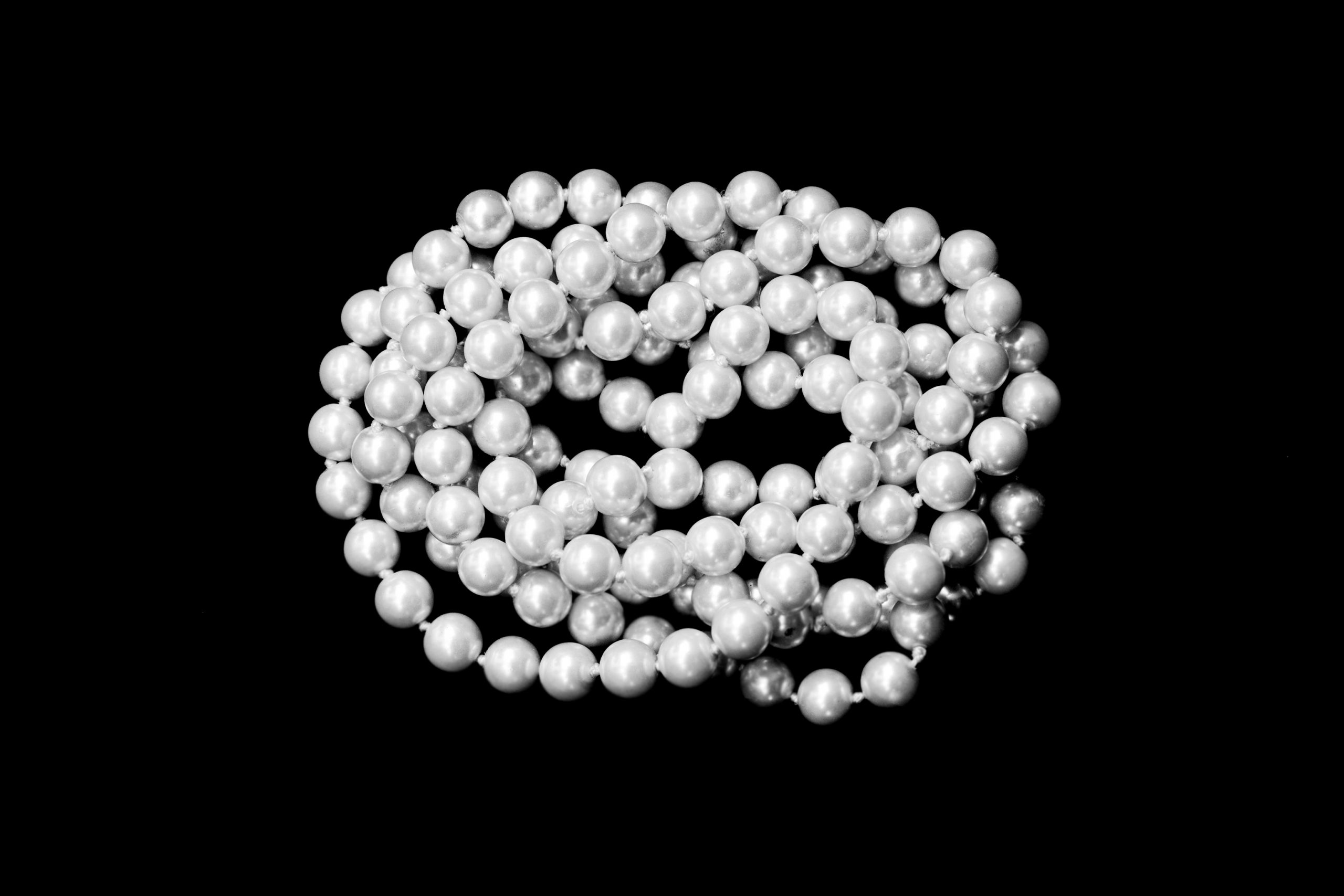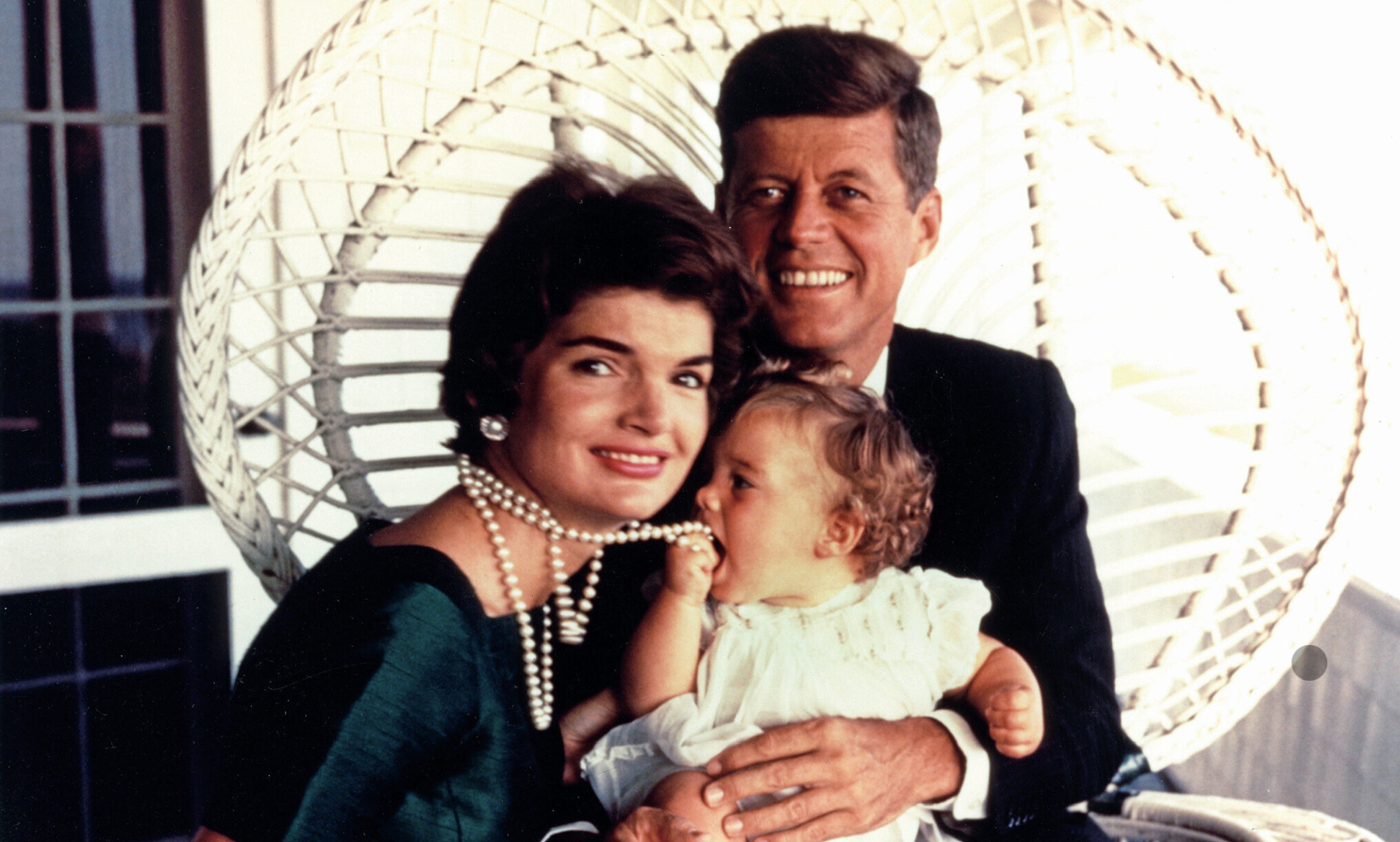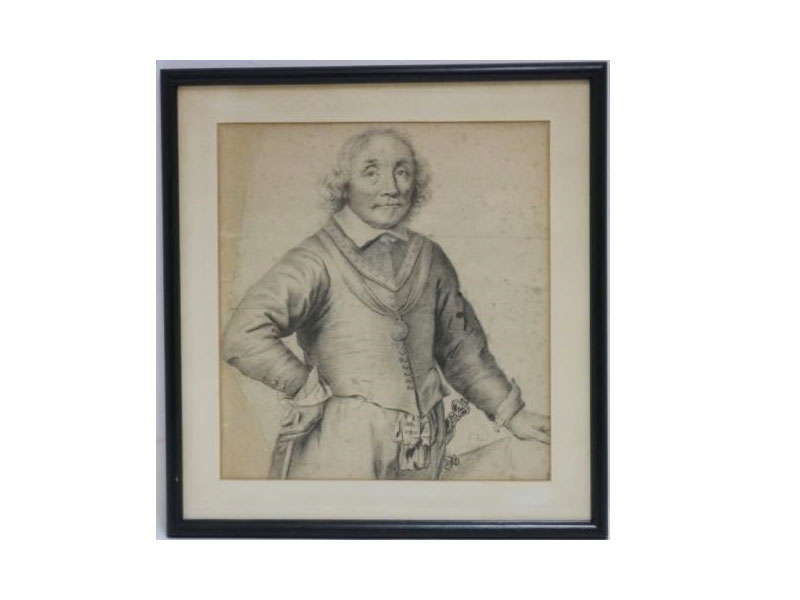How a £25 set of fake pearls made £150k at auction — and were a bargain at the price
One man’s — or woman’s — trash really is another’s treasure says Giles Kime, as he looks at a fascinating sale taking place in London.


Thomas Woodham-Smith, co-founder of the Treasure House Fair that is taking place this week in the grounds of Royal Hospital Chelsea tomorrow, recently related a story about a necklace of fake pearls that was sold at Sotheby’s, New York, in 1996 for $212,000, a 6,000% increase on the $35 paid at Bergdorf Goodman in the 1950s.
Better still, the necklace was later copied 130,000 times, grossing the owners a total of $26 million, and it is now stashed away in the Smithsonian Museum in Washington.
The reason for its mesmeric appeal? It formerly belonged to Jackie Kennedy.
In an age when old things are — more than ever before — seen as little more than a quick and easy way to add a ‘vintage vibe’ to a space, there’s something thrilling about knowing a piece’s history. Finding those with a story, however, will require more than a rummage through a website.

It’s a search where a good dealer is vital and there will be plenty of those at Mr Woodham-Smith’s Treasure House Fair, which will fill the significant vacuum left by the demise of Masterpiece, held at the same location.
In the consuming world of antiques there are, at one end of the scale, pieces by celebrated names created for the celebrated owners of celebrated houses that, in some cases, no longer exist.
But it doesn’t all have to be Holland, Hope or Sheraton; for trophy hunters, sales such as that of the late Duchess of Devonshire’s possessions in 2016 offered a hunting ground for more offbeat items, such as an Elvis Presley phone that had been installed in the Blue Drawing Room at Chatsworth during her time there. Kicking yourself?
Exquisite houses, the beauty of Nature, and how to get the most from your life, straight to your inbox.
Yet even at a modest level, the scantest details can be enough to give an item an added dimension. If one has no knowledge of a piece’s provenance, then knowing the approximate age and aesthetic tradition in which it sits can be transformative. Is a piece of lustreware Leeds or Sunderland? Or a Windsor chair comb back or sack back? Is an armchair Howard? Subtle nuances can make a huge difference, as demonstrated when a pair of Qing Dynasty imperial jars bought for £20 in a charity shop recently sold for almost £60,000 at Roseberys.
But, as Lord Darlington pronounced in Lady Windermere’s Fan, price and value are two very different things. For people with a love of antiques, the history of an object—particularly a beloved piece that has passed from one generation to the next—can hugely enhance the latter. But not always the former.
The Treasure House Fair, June 22–26 at Royal Hospital Chelsea, London SW3 www.treasurehousefair.com

In Focus: The magic carpet that flew at auction, and the enormous 31ft masterpiece showcasing 18th century fake news
A ‘polonaise’ carpet once owned by Rothschilds is one of the outstanding lots at Christie’s, as a distinguished auctioneer bows

